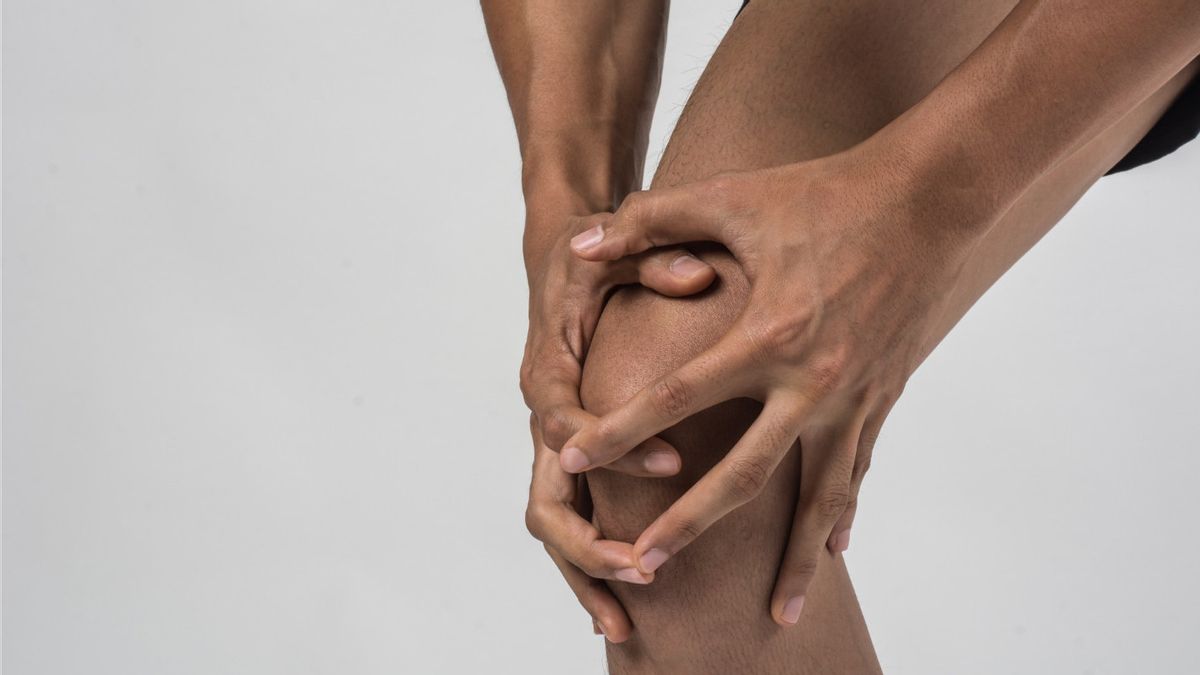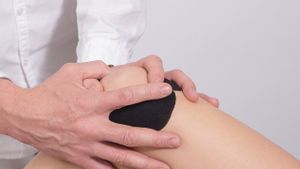YOGYAKARTA There are more than 200 types of remetric diseases but most generally rheumatic arthritis, osteoarthritis, lupus, psoriatic arthritis, gout, slepterma, and others. The pain experienced by people with remetric diseases, usually felt deep, painful, and painful in the joints. For example, the joints will feel pain, pain when touched, stiffness especially after changing position. In particular, here are the characteristics of suffering from remetric diseases and risk factors that have the potential to experience them.
Each disease can generally be recognized through the symptoms experienced. For merematic diseases, here are the characteristics.
Before experiencing other symptoms, people who experience rematics may feel very tired and lack of energy. This fatigue can eventually affect daily activities, such as productivity in the workplace, relationships, and even sexual life. This fatigue, may be caused by the body's reaction to inflammation in joints experienced by people with remetric diseases.
Rematic diseases affect joints, tendons, ligament, bones, and muscles. Inflammatory related to these parts, can cause a person to feel unwell and have a fever. They may also experience a slight increase in temperature, which is an early sign that sometimes accompanies fatigue.
The loss of weight in people with therrheatics cannot be explained, reported by Medical News Today, Friday, October 18. Maybe this is an indirect effect of inflammation. When a person feels fever and tired, it may also lose appetite that can affect weight.
If the leg joints experience rematics, they will feel stiff and not flexible when they have to be agile. The stiffness in the rematic disease can occur in one or two small joints. Often on the fingers felt for several days. In addition to rigidity affecting certain joints, the body feels stiff can be the initial characteristic of the rematic disease.
The joint pain in the fingers, wrists, and legs is caused by inflammation of the joint layer that thickens and produces extra joint fluids. This puts pressure on the capsule that surrounds the joints and irritates the nerve ending so that it causes pain. If joint pain due to rematic disease occurs in the legs, people who experience it may walk with the heel or lift their fingers as they walk.
The swollen joints in the hands and feet are characteristic of rematic diseases. The swelling tends to be firm as it was seen at the beginning of the development of this disease.
In addition to swelling, the skin of the joint area may be reddish. This is because the joints are swollen or inflamed so that the skin and blood vessels widen so that it allows more blood to flow into this area. When the swelling is around the joints, it may also feel warm when touched.
SEE ALSO:
The numbness and tingling that affects the hands and feet, may be early signs of rematic symptoms. These symptoms are caused by inflammation of the joints and cause nerve compression due to loss of sensation.
That's an explanation of the characteristics of suffering from arrheatic disease. However, it is important to understand what kind of remetics is experienced, so it needs to be consulted with a doctor. Risk factors that allow a person to suffer from arrheatic disease, reported by WebMD, include genetic congenitals, certain types of methamphetamine, such as rheumatoid arthritis and lupus are more often experienced by women, excess weight also increases the risk factor of suffering from arrhematic disease. In addition, some infections, once experienced trauma and pressure, are also associated with greater risks of developing certain methamphetamine. gum disease also increases risk. In addition, smoking and exposure to poison also make a person more likely to be hospitalized.
The English, Chinese, Japanese, Arabic, and French versions are automatically generated by the AI. So there may still be inaccuracies in translating, please always see Indonesian as our main language. (system supported by DigitalSiber.id)


















